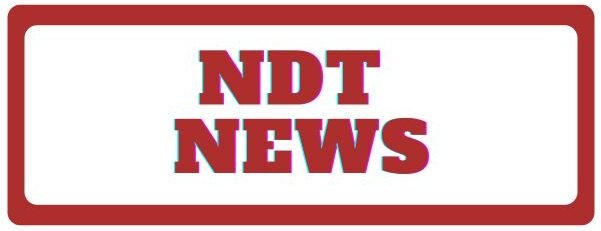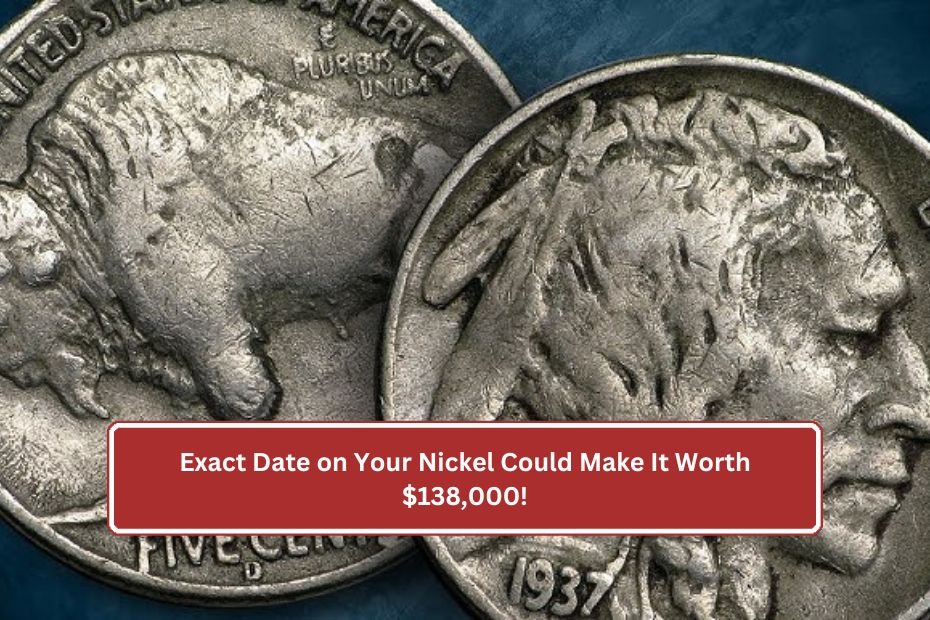Do you have a nickel from 1916? If so, you might want to check it carefully. Some of these coins are extremely valuable, especially if they have a rare mistake. One such coin, known as the 1916 Doubled Die Obverse Nickel, sold for an incredible $138,000! Let’s find out why this coin is so special and how you can check if you have one.
What is the 1916 Doubled Die Obverse Nickel?
The 1916 Doubled Die Obverse Nickel is notable for its striking design and historical importance. This coin is special because of a unique feature called the “doubled die.” This means the number “16” appears twice on the front of the coin, making it look like the date has been printed twice in a slightly off position.
Key Features
- Minting Error: The doubling effect is what sets this nickel apart. It went unnoticed for over 50 years!
- Scarcity: Because it’s rare and hard to find, its value skyrocketed when it sold for $138,000 at auction in August 2022.
Why You Should Check Your Coins
You could be richer than you think just by looking through your spare change! Many coins, including pennies, nickels, and dimes, can be worth thousands if they are rare or have minting errors. Here are a few things to keep in mind:
The Value of Rare Coins
- Low Mintage: Coins produced in smaller numbers are usually more valuable.
- Mint Errors: Mistakes made during the minting process can greatly increase a coin’s worth.
Getting Your Coin Graded
To know if your coin is truly valuable, consider having it graded by a trusted service. Grading means assessing the coin’s condition and authenticity, which can greatly affect its value
Summary Table of Coin Grading
| Grading Scale | Description | Value Indicator |
|---|---|---|
| Poor (1) | Very worn with little detail | Low value |
| Good (4) | Basic outlines visible | Low value |
| Fine (12) | Some details visible | Moderate value |
| Extremely Fine | Sharp details with minimal wear | Higher value |
| Mint State (60-70) | No signs of circulation wear | Very high value |
Understanding Coin Grading
Coin grading might seem tricky, but it’s pretty straightforward. Here’s how it works:
- 70-Point Scale: Coins are graded from 1 (poor) to 70 (perfect mint condition).
- Terms Used: You might hear terms like “Good” (grade 4) or “Fine” (grade 12).
Factors Influencing Coin Value
- Luster: The shine of the coin.
- Strike Quality: How well the design is stamped onto the coin.
- Coloration: The color and appearance of the coin can also play a big role in its value.
Reputable Grading Services
Consider using services like:
- Numismatic Guaranty Corporation (NGC)
- Professional Coin Grading Service (PCGS)
These companies assess coins, assign grades, and protect them in special holders, which helps increase their value and marketability.
Conclusion
The 1916 Doubled Die Obverse Nickel is not just any coin; it represents a fascinating piece of history and a valuable investment. With a market value of $138,000, this nickel can be a significant find. Checking your spare change could lead to a surprising treasure. If you find a rare coin, consider getting it graded to understand its true worth. Collecting coins can be a fun and rewarding hobby that might even make you rich!
FAQ’s
What is a “doubled die” error?
A “doubled die” error occurs when a coin’s design is stamped twice, causing the image or date to appear duplicated.
How can I tell if my nickel is valuable?
Check for rare features like minting errors or low mintage. Getting your coin graded by a professional can also help determine its value.
Where can I sell my valuable coins?
You can sell coins at coin shops, auctions, or through online platforms specializing in collectibles. Make sure to research reputable buyers.

